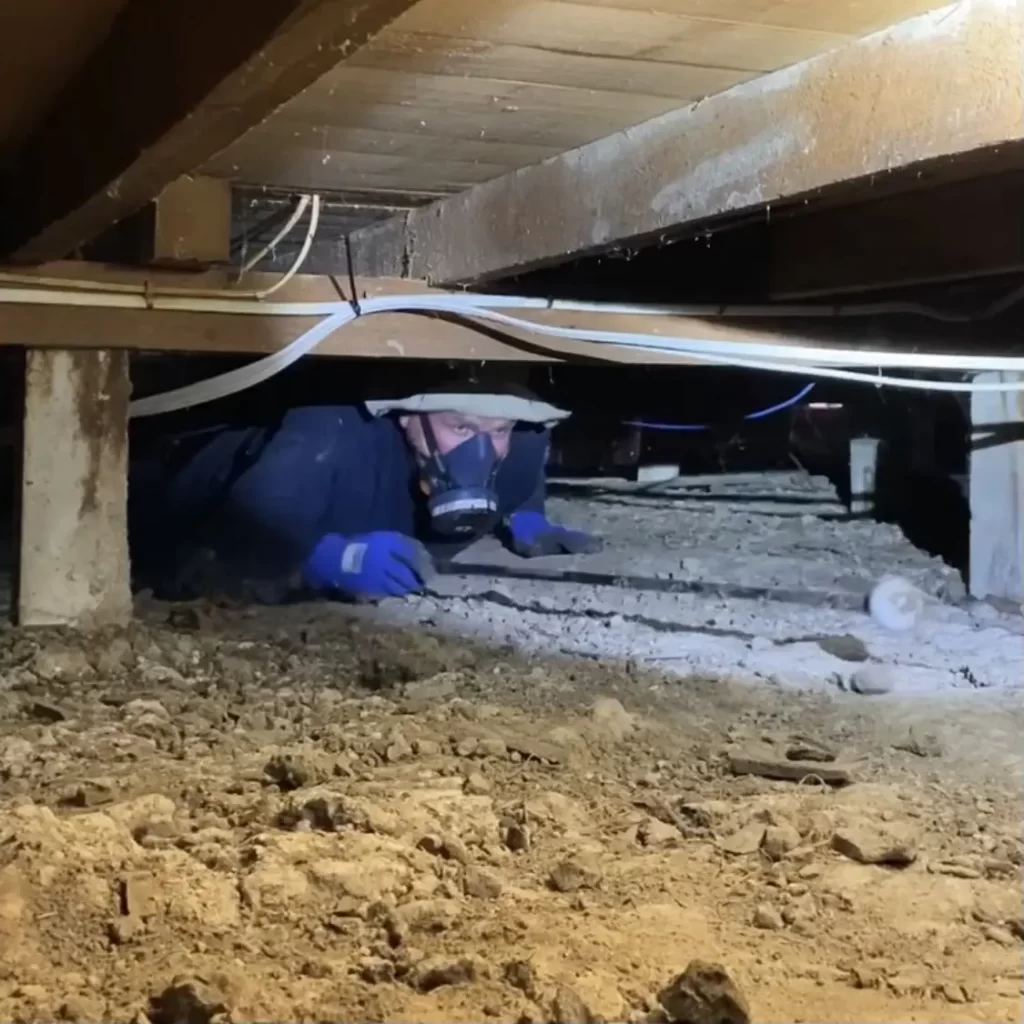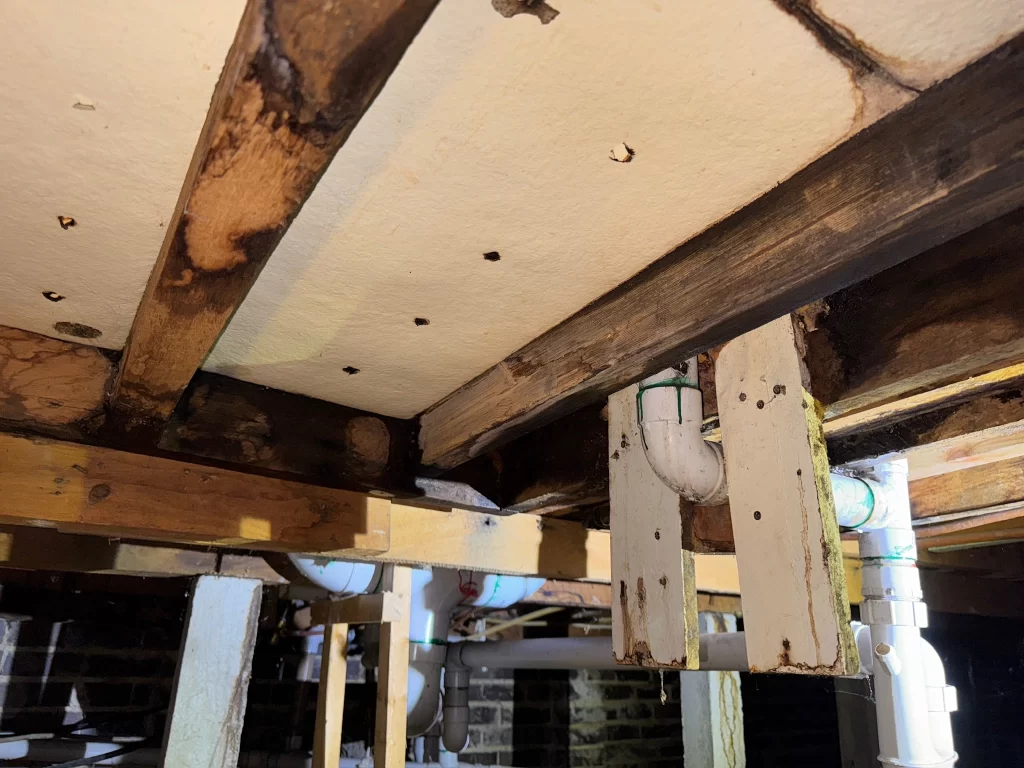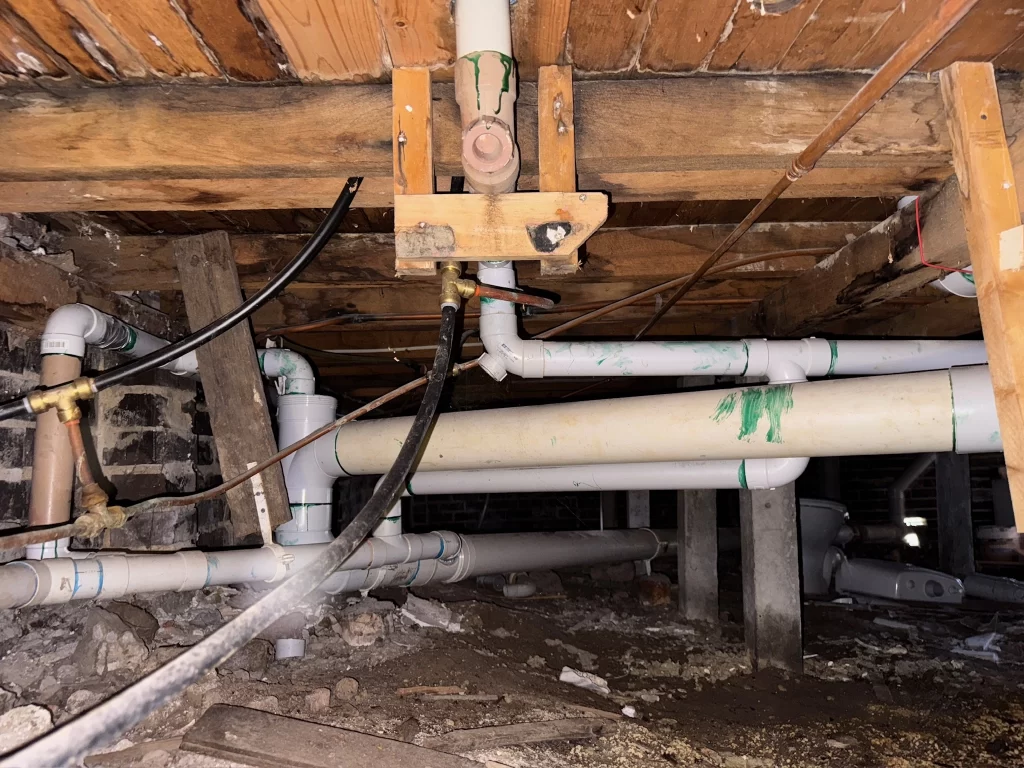Top 10 Building Defects Found in Melbourne Homes in 2025
Uncover the most common building defects in Melbourne homes in 2025. Learn what to watch out for and how Buywise Inspections can help you avoid costly surprises.
Whether you’re buying an established home or building a brand-new one, property defects are more common than many Melbourne buyers realise. At Buywise Inspections, our team conducts hundreds of inspections each year and in 2025, we’re still finding major issues across homes of every age and build type.
Here are the top 10 building defects we’ve uncovered in Melbourne homes this year, and why a professional inspection is the best way to protect your investment.
1. Waterproofing Failures in Wet Areas
Showers, bathrooms, and laundries are frequent sources of water leaks. Poor sealing, incorrect fall to drains, or substandard waterproofing work can lead to mould, water damage, and even structural rot.
2. Termite Damage and Timber Pest Activity
Termites remain a major threat to Melbourne homes, especially in areas like Frankston, Berwick, and Mornington. Subfloor areas and roof spaces are often infested before any visible signs appear.
3. Structural Movement and Cracked Foundations
Foundation issues often cause cracks in walls, uneven floors, and visible gaps around doors and windows. Soil movement, poor drainage, or substandard slab construction are common culprits.
4. Roof Leaks and Damaged Roofing Materials
Broken tiles, deteriorated flashing, or blocked gutters can all lead to leaks. In new builds, we often find improperly installed roofing materials that don’t meet code.
5. Poor Workmanship in New Homes
Melbourne’s construction boom has led to many rushed or under-supervised builds. We regularly find loose fittings, crooked installations, and finishings that fail basic quality checks particularly in new estates across Cranbourne, Clyde North, and Tarneit.
6. Incomplete or Non-Compliant Electrical Installations
From missing safety switches (RCDs) to exposed wiring or illegal DIY work, electrical faults are both dangerous and expensive to rectify. Our building inspections flag any visible safety concerns.
7. Drainage Problems and Rising Damp
Poor site drainage can lead to pooling around the slab, rising damp, and long-term moisture damage. Suburbs with older homes or clay-heavy soils are especially prone.
8. Defective Cladding and Exterior Finishes
We see render cracks, warped cladding, and incomplete sealing around windows or external junctions all of which can allow water ingress.
9. Blocked or Damaged Stormwater Systems
Downpipes and stormwater drains are often blocked, broken, or poorly connected, causing overflow and water damage during heavy rain.
10. Unapproved or Unsafe Renovations
DIY renovations without permits are a common problem. From unbraced decks to improperly modified structural walls, these changes can pose safety and legal risks.
Why You Need a Building Inspection in 2025
Many of the defects listed above are not visible during a quick walkthrough or open house. Even new builds are not immune. A comprehensive building inspection from Buywise helps you:
- Detect hidden and costly issues before you buy
- Avoid safety hazards and non-compliance problems
- Get a clear, photographic report within 24 hours
- Make confident, informed decisions
Wherever you’re buying in Victoria, our inspectors are ready to help.
Frequently Asked Questions
The most common defects include waterproofing failures in bathrooms and laundries, termite damage, structural cracks or movement, roof leaks, poor workmanship in new builds, non-compliant electrical installations, drainage issues, defective cladding, blocked stormwater systems, and unapproved renovations.
Yes. Even brand-new homes can have serious issues like poor workmanship, incomplete finishes, or non-compliant electrical and plumbing work. Rushed construction and a shortage of experienced trades have made defects more common in new estates.
Some defects, such as water leaks or termite activity, are difficult to spot without professional tools. Look for signs like cracks, musty smells, bubbling paint, uneven floors, or recent patchwork repairs. However, a building inspection is the only reliable way to uncover hidden problems.
Faulty waterproofing is one of the leading causes of building defects. Melbourne’s wet winters and busy construction market have led to shortcuts and poor workmanship, especially in showers, bathrooms, and balconies. Water leaks can cause mould, rot, and even serious structural damage if not detected early.
Discuss the findings with your inspector. Depending on the severity, you may be able to negotiate repairs, request a price reduction, or walk away from the purchase. Always get quotes for any major repairs before committing.





